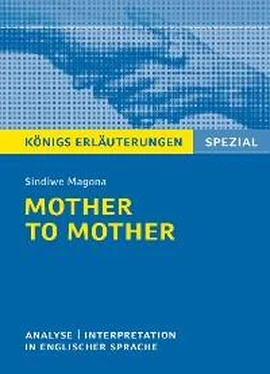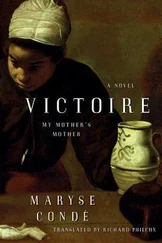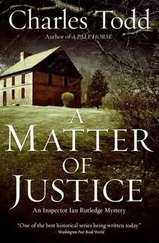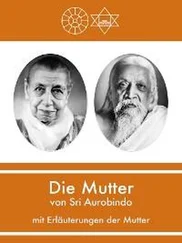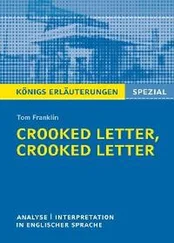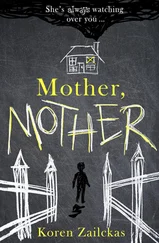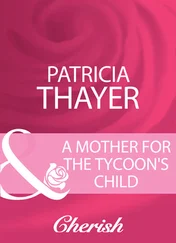This is told to Mandisa by her grandfather Tatomkhulu (see Chapter 10, pp. 175–183). A true story and an important episode in Xhosa history, the story has additional significance to the novel. Mandisa has been taught that the Xhosa followed the prophecy because they were “superstitious and ignorant” (p. 175). But her grandfather teaches her that it was an act of desperation, fed by their hatred of the white settlers who had stolen absolutely everything from the native peoples of the country they had colonised – a colossal, catastrophic act of self-harm. Mandisa comes to believe that the story reveals something honourable rather than merely being a display of disastrous ignorance. Her grandfather positions it in a sequence of protests and uprisings against the white settlers through the colonial history of South Africa, pointing out efforts by the black inhabitants of the country to reclaim their land which had been stolen from them, and to resist the “button without a hole” – meaning coins, because money was unknown to pre-colonial South Africa – because of the damaging effect money would have on a purely agrarian culture.
The symbolism of this historyof honourable but doomed protests and violent, apocalyptic uprisings against the hated white oppressors is of great relevance to the tragic story of the killing of the white girl in Guguletu – the story at the heart of Mother to Mother . The same hatred of colonists who had stolen everything can be seen in both the cattle killing movement of 1857 and the “one settler, one bullet!” war cry of the furious anti-apartheid protestsof the 1980s and 1990s, and the mob who killed Amy Biehl.
Rites of passage and traditions: Marriage, parenthood and gender
We see different examples of traditional customs and rites of passage in the novel, and learn about the traditions which organise marriage, the business of parenthood and the roles and interaction of men and women. These traditions are seen with a degree of ambivalence: While Mandisa is frustrated by the unfairness of the limits imposed on her as a woman and a young mother, and is equally annoyed by the dominance allowed to males within the culture, she also sees how a lack of traditions and respect for customs and cultural roles can damage and break a society.
We will look at the role played by traditional initiation rites and customs in the chapter on themes in the novel (see p. 100). These include:
Marriage arrangements and ceremonies
Circumcision and coming of age rites for young men
Naming customs
The patriarchal structure of tribal society
Tribal legends and myths
Faith healers (Sangomas)
Education and politics
“Boycotts, strikes and indifference have plagued the schools in the last two decades. Our children have paid the price.”
(Mandisa, p. 72)

Poster from 1985 protesting and demanding reform of the education system.[5]
The combination of inadequate education, social neglect and bad politics (at once irresponsible, oppressive politics proved to be explosive in the immediate aftermath of the apartheid regime. The protests and explosions of violencewhich Sindiwe Magona talks about in Mother to Mother were shocking to many – to locals and neighbours as well as outsiders and foreign observers.
The apartheid system influenced education as well as every other aspect of life in South Africa.From the early 1980s, black schools were legally required to conduct the majority of their lessons in English and Afrikaans, with the native languages only allowed to be used for subjects like art and music. The government’s goal was to make sure that all black people in South Africa knew how to communicate with white people in “white” languages. There were widespread and at times violent protests against this, as many students didn’t want to speak Afrikaans. There were strikes and boycotts of schools throughout the townships.
Multilingual colonial societieshave an interesting side-effect when it comes to languages. Organising a society along racial lines – as in apartheid South Africa, with whites on the top and blacks on the bottom – and enforcing the language(s) of the minority ruling class means that the lower classes are forced by circumstance and by law to learn the colonisers’ languages. But they also grow up speaking their own tribal language. In the case of the black characters in Mother to Mother , that language is Xhosa.
The result of this structure, with black native languages forbidden from being taught in schools but being the main form of communication at home, is that the blacks grow up speaking at least three languages – a tribal mother tongue, English and Afrikaans – whereas the white ruling classes will usually be limited to speaking only the official “white” languages.
The fluid ease with which Mandisa and her family switch between these languages and the interesting way in which the languages interact with and influence each other are looked at in this study guide in the chapter on Style and Language (p. 114).
The quality of teachingwas also an issue. Over 90% of all the teachers in white schools were properly trained and certified teachers[6] whereas only about 15% of the teachers in black schools were trained teachers. The pass rate for exams and graduating among black students was less than half what it was for white students.
The issue of educationis very important in Mother to Mother – Mandisa talks about it on pages 71–72, for example – but more as a matter of context and environment. It is another one of those outside influences contributing to the violence and unrest of the society and more specifically to Mxolisi’s development and behaviour as a young man. The generally low quality and restrictive nature of segregated education in the apartheid state had the effect of increasing ignorance, unemployment and despairthroughout the black population. With no real education – we can see how Mandisa is constantly frustrated in her efforts to educate herself – people have no chance to get well-paying jobs or to improve their position within society. The lack of perspectives creates more despair and frustration, on the one hand: and on the other hand, it provokes radical and at times violent resistance and protest.
The student protests
The school boycott was sparked by the deteriorating quality of education in black schools, the school age limit of twenty, and the policy that denied students representation by a democratically elected Student Representative Council.[7]
The student protests of the “Young Lions” in 1993 which Mandisa talks about were part of a long tradition of protest and resistance, but in this year they were particularly energized by the frustratingly slow pace of change and improvement in society and politics following the release of Mandela, among other developments. Mandela had called the Young Lions “the government-in-waiting”[8] because so many of their leaders were gifted, intelligent and energetic individuals who spoke passionately and articulately about the need for change in South Africaand an end to the oppression of the blacks. But many of these young people had come out of a nation-wide movement which had boycotted schools, protesting the state-led efforts to keep the black population in a state of passivity and ignorance.
Читать дальше
